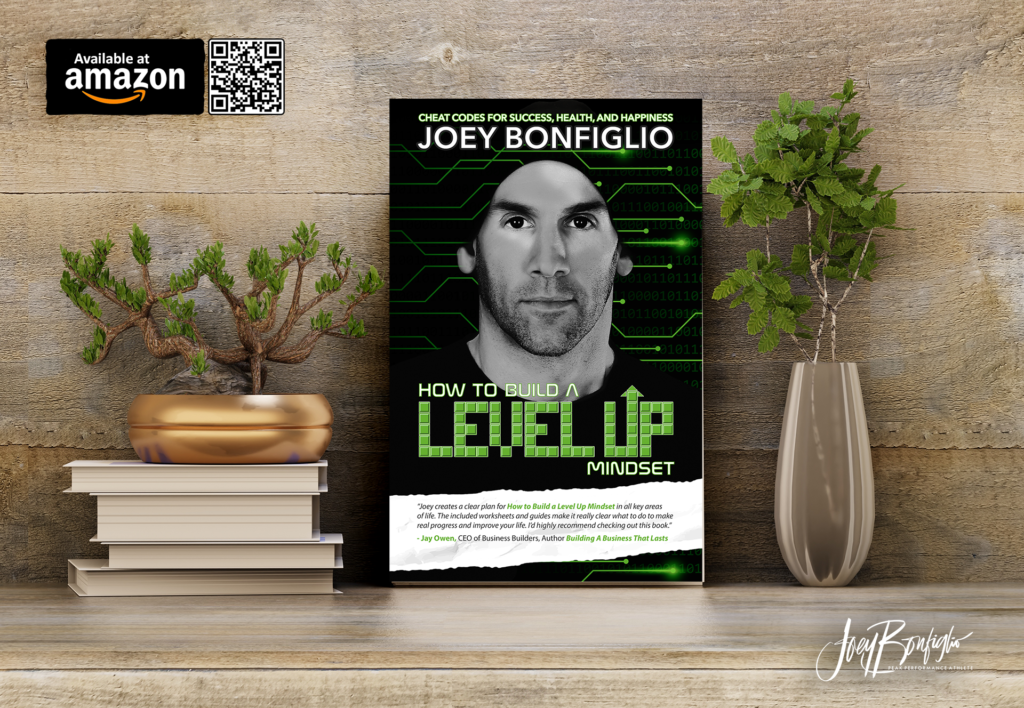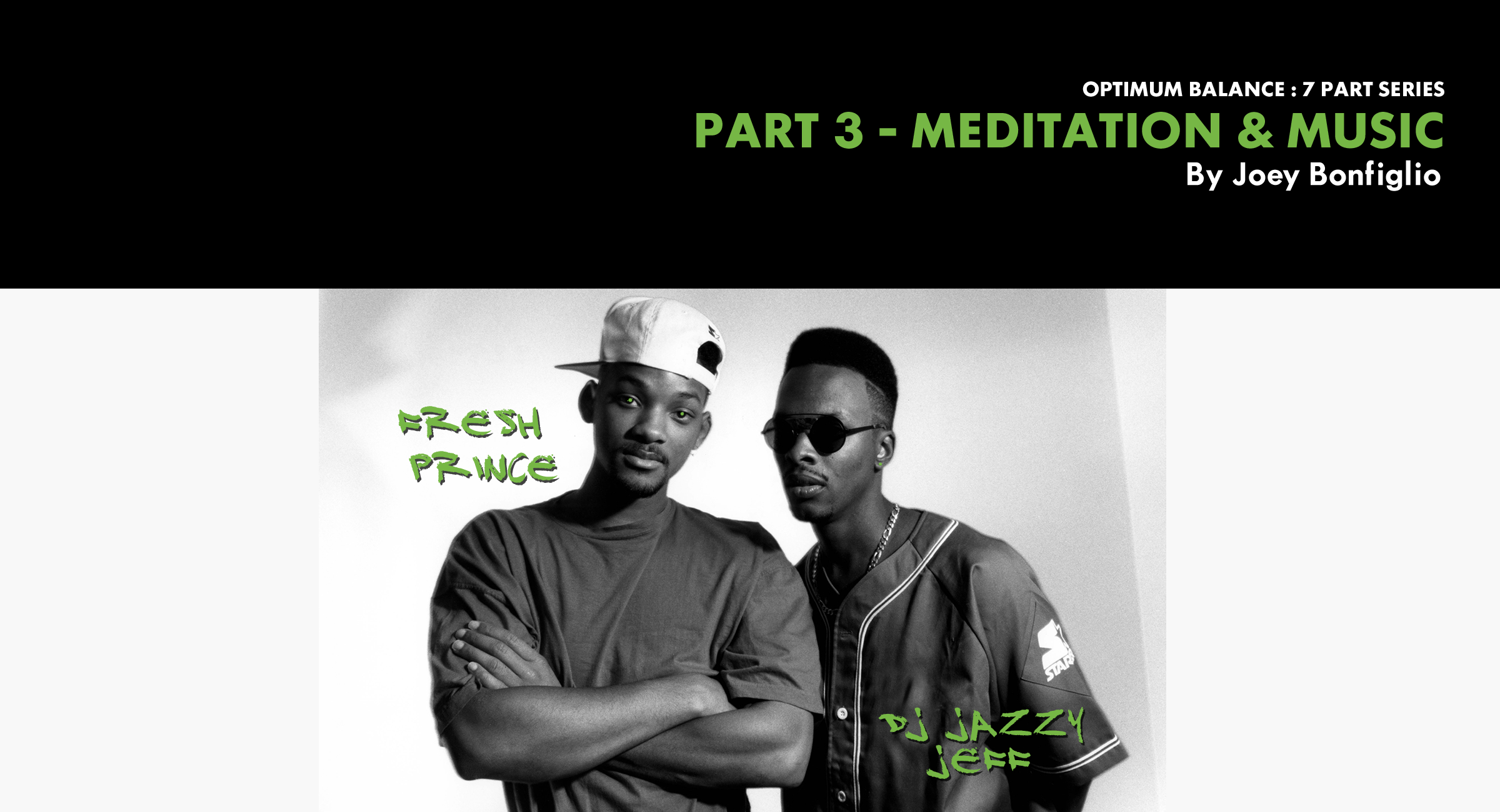My move toward meditation came about in the fall of 2017 thanks in part to my wife. My father’s birthday was on November 20th which always made the holidays even more emotional for me. What also didn’t help is earlier in the year there were layoffs announced at work that were not going to be completed until mid-October. Try sitting on that gem for 6 to 8 months.
“Do I get my resume ready? Am I safe? Of course I’m safe! No, why would I be safe.”
These are just some of the thoughts that crept in on a daily basis. Even though I survived the layoffs, a lot of my close friends didn’t. I can’t explain the empathy I felt for those families and the additional stress they had to go through over the holidays knowing they were still looking for work.
The issue I had regarding meditation was that I didn’t really know how to do it. We had a few lectures at work and I read a few things online which talked about breathing and posture. The instructors would say, if your mind wanders to a certain subject, bring your attention back to the breath or to the present. Easier said than done. It just led to more questions. The most pressing question for me was how exactly do I become more present?
Being present is something I had always struggled with. On past vacations with my wife, my mind would wander to the 300 emails waiting for me when I returned to the office or other tasks that needed to get done. I allowed these negative thoughts to keep me from enjoying the present moment with my wife. At the time, I was actually aware I was letting my mind distract me with these negative thoughts, yet I would still give into them. I didn’t know how to shut them off.
The good news is, with all the research I have done recently, the fact that I was aware of this negative thought pattern was actually a good thing, I just didn’t have the tools to change those thoughts. Being conscious and aware of these negative thought patterns allows me to take control of my thoughts and attempt to reprogram my mind. So now how do I go about leveraging this awareness and change this way of thinking that is not serving me?
In the fall of 2017 my wife sent me this motivational video after seeing the difficulty I was going through. I decided to watch it while I was planking to help pass the time and get my mind off the pain I was putting my body through during the plank.
The beauty about YouTube is it recommends other videos you might like to watch, and for the most part, in the same genre. So I started watching more and more of these motivational and inspirational videos that contained speakers with incredible stories and speeches set to inspirational music.
Inspirational lines from movies and lectures. They were so inspiring, I added it to my planking routine. As the temperature dropped in the Northeast, it was too cold to run outside so I ran on the treadmill at the gym. The TV monitors usually had morning news about the latest robbery or tragic story to report, so I started bringing my iPhone and would continue to watch and listen to the recommended videos while running.
I found myself unable to wait until it was time to plank to finish some of the videos so I started listening to them on the way to and from work as well. I didn’t realize it while I was going through it but I was calcifying my mind to push through the pain of working out while at the same time filling myself (my mind) with nothing but positive audio and visual content. Not only was my body getting a workout, but so was my mind. I started feeling a lot lighter. My mind didn’t seem as overwhelmed as it did in the past.
I also started to remove any negative music from my music library. I thought about music that reminded me of joyful and fun times as a kid. In the process I actually came across my old DJ Jazzy Jeff and the Fresh Prince cassette tape while cleaning out my garage. I immediately had to download this onto my phone and incorporate it into my car rides and workouts.

More recently I have come across Dandapani, a Hindu priest and former monk of 10-years. In his videos, he talks about how we were never taught in school the basic skill of concentration. Sure, we were told by our teachers a thousand times to focus or concentrate on the problem or lecture at hand, but never really taught us how to focus. When we are able to focus and concentrate correctly, we are actually learning to be present.
“Concentration is focusing on one thing at a time. Concentration leads to meditation. Meditation is experiencing that one thing you are focusing on.” – Dandapani
Most people believe monks meditate for 10-12 hours a day, however Dandapani says that this is not the case for him when he lived in the monastery. Dandapani said, he and the other monks would only set one hour a day for meditation. However the remaining portion of the day was spent preparing for that one hour of meditation.
This was done by being present during what ever task they were doing for that portion of the day. If they were sweeping the grounds, they were focused and concentrating on the act of sweeping. The sound the broom made pushing the debrie. The feeling of pride cleaning away the dust and debris from the area they were sweeping. If they were eating, they were concentrating on chewing each bite of food until completion.
They were basically more intentional in their actions as they performed the task at hand instead of being on autopilot like a lot of us do throughout the course of the day. By the time it was time for Dandapani and the his peers to meditate, they were able to focus on just being, just sitting quietly. Having a conversation and getting to know themselves.
It is definitely not easy to keep our mind from wandering throughout the day as often we are thinking about the past or worrying about the future. Neither tend to serve us well.
Currently I put aside 15 minutes after my morning run and shower to meditate and do my best throughout the rest of the day to be present. In conversations I have with other people I am sure to give them my undivided attention.
The same with any task I’m performing. I try to focus on whatever I’m doing instead of being on autopilot, thinking about a meeting or some other function I have yet to perform. Whether it’s brushing my teeth, getting dressed or writing this article. Although I am not perfect, I am now more aware of when my mind wanders and can be more intentional about re-focusing my attention to the present moment.
Part 4 of my Optimum Balance Series will focus on the benefits of “Faith, Gratitude and Affirmations”.
Please also feel free to comment below or connect with me via email or social media.
Godspeed on your journey!
Joey Bonfiglio | #RiZeGrindRepeat
** Please note, the information above is not intended to replace the advice of the reader’s own physician or other health care professional. You should consult a medical professional in matters relating to health, especially if you have existing medical conditions, and before starting any new fitness regimen or adopting new dietary choices.

One response to “Meditation & Music – Optimum Balance Series (Part 3)”
Nice post, Joe!
We’re going to have to do something about that “too cold to run outside” business though. ;P